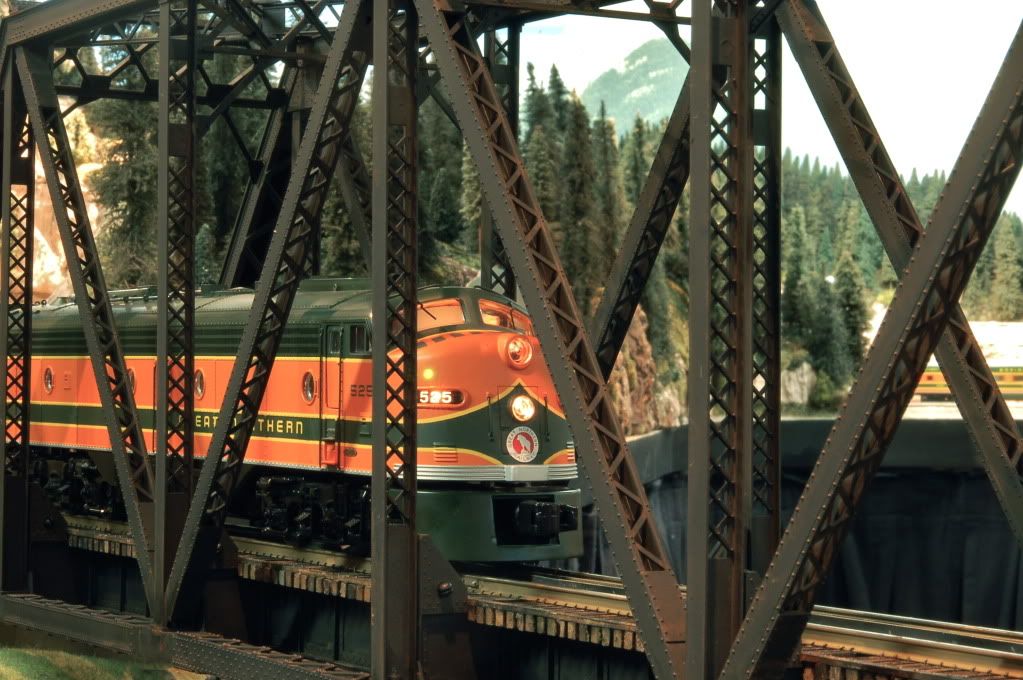Which O scale track product has prototypical tie size and tie spacing???
What I have found is that certain prototype track has 9 inch tie size (width) on 21 inch spacing. For 1/48 scale this this would result in 0.1875 inch size (3/16 inch) and 0.44 inch tie to tie spacing.
ScaleTrax has 3/16 inch wide ties and 9/16 inch tie to tie spacing. Scaletrax rail height is 5/32 inch.
Note: 9/16 inch is equivalent to 27 inch tie to tie spacing on centers
Are there other comparable products on the market? I plan to construct a hand laid section for display purposes using prototypical rail height. I have found that 100 pound rail has a depth of about 6 inches which is 0.125 inches (1/8 inch).
Note: I would expect that 2 railers and 1/48 exact scale modelers probably hand lay a lot of their track.
















